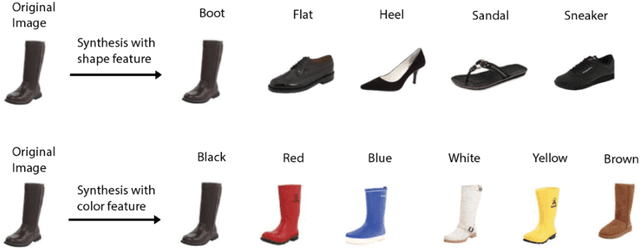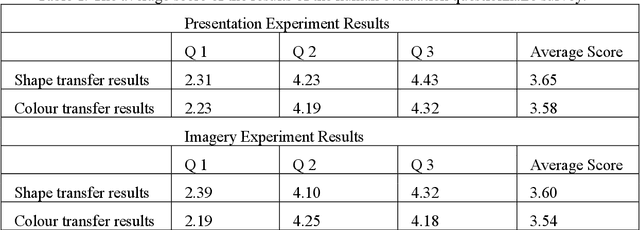Jialu Fan
Data-Driven Inverse Reinforcement Learning for Expert-Learner Zero-Sum Games
Jan 05, 2023



Abstract:In this paper, we formulate inverse reinforcement learning (IRL) as an expert-learner interaction whereby the optimal performance intent of an expert or target agent is unknown to a learner agent. The learner observes the states and controls of the expert and hence seeks to reconstruct the expert's cost function intent and thus mimics the expert's optimal response. Next, we add non-cooperative disturbances that seek to disrupt the learning and stability of the learner agent. This leads to the formulation of a new interaction we call zero-sum game IRL. We develop a framework to solve the zero-sum game IRL problem that is a modified extension of RL policy iteration (PI) to allow unknown expert performance intentions to be computed and non-cooperative disturbances to be rejected. The framework has two parts: a value function and control action update based on an extension of PI, and a cost function update based on standard inverse optimal control. Then, we eventually develop an off-policy IRL algorithm that does not require knowledge of the expert and learner agent dynamics and performs single-loop learning. Rigorous proofs and analyses are given. Finally, simulation experiments are presented to show the effectiveness of the new approach.
Product semantics translation from brain activity via adversarial learning
Mar 29, 2021



Abstract:A small change of design semantics may affect a user's satisfaction with a product. To modify a design semantic of a given product from personalised brain activity via adversarial learning, in this work, we propose a deep generative transformation model to modify product semantics from the brain signal. We attempt to accomplish such synthesis: 1) synthesising the product image with new features corresponding to EEG signal; 2) maintaining the other image features that irrelevant to EEG signal. We leverage the idea of StarGAN and the model is designed to synthesise products with preferred design semantics (colour & shape) via adversarial learning from brain activity, and is applied with a case study to generate shoes with different design semantics from recorded EEG signals. To verify our proposed cognitive transformation model, a case study has been presented. The results work as a proof-of-concept that our framework has the potential to synthesis product semantic from brain activity.
 Add to Chrome
Add to Chrome Add to Firefox
Add to Firefox Add to Edge
Add to Edge